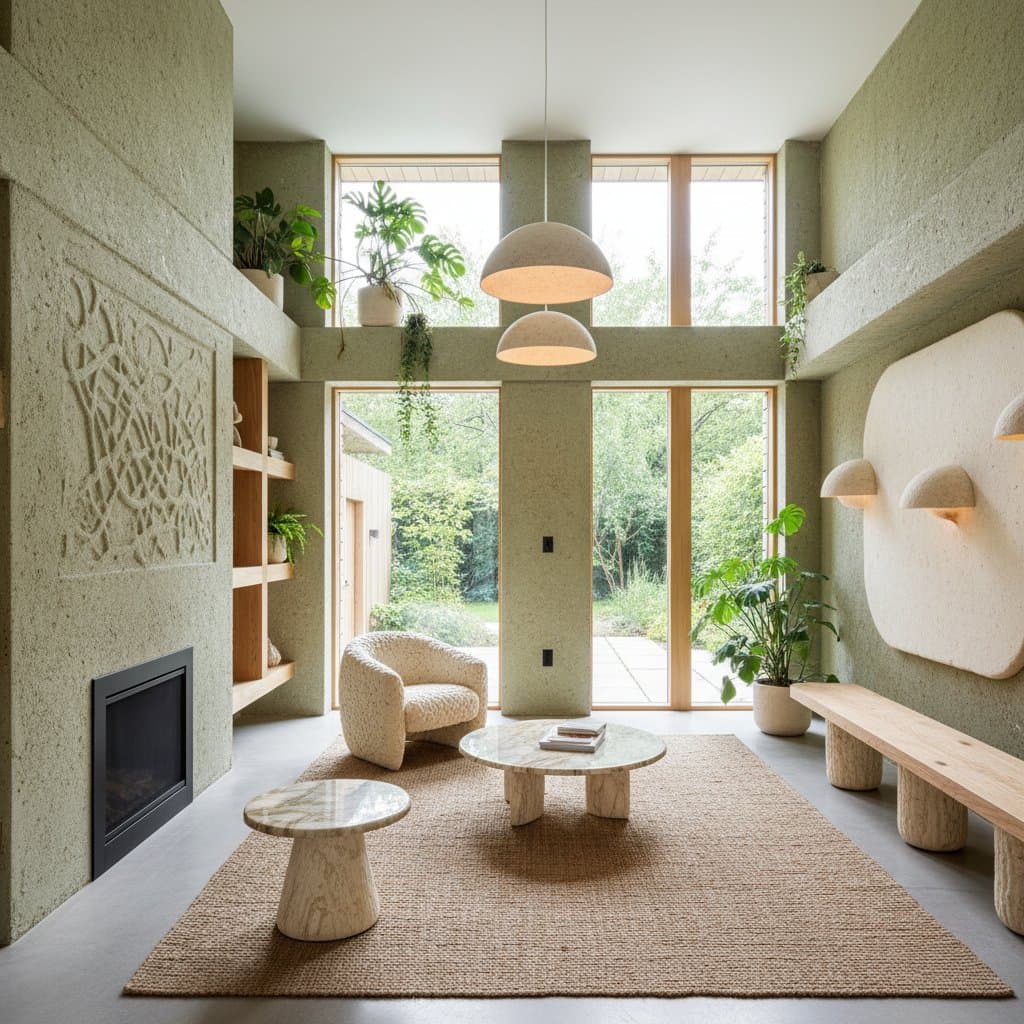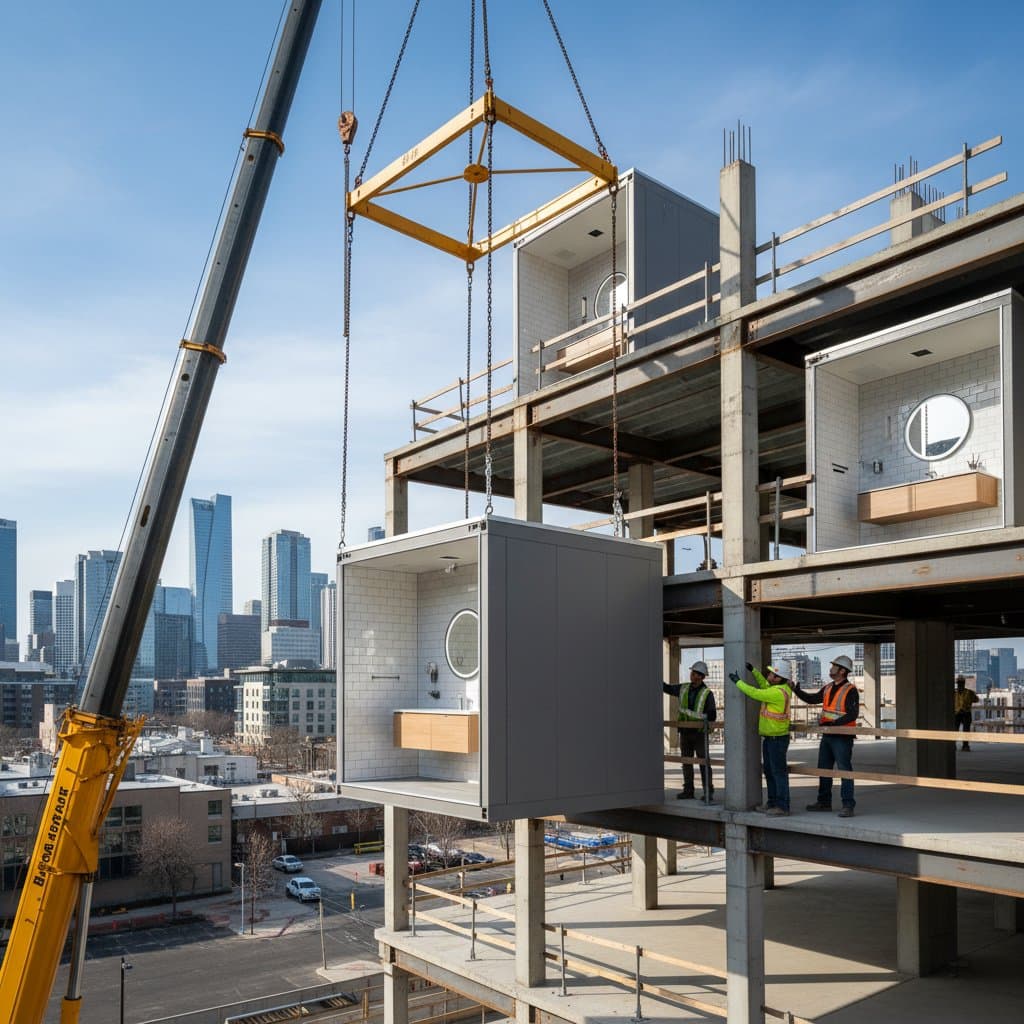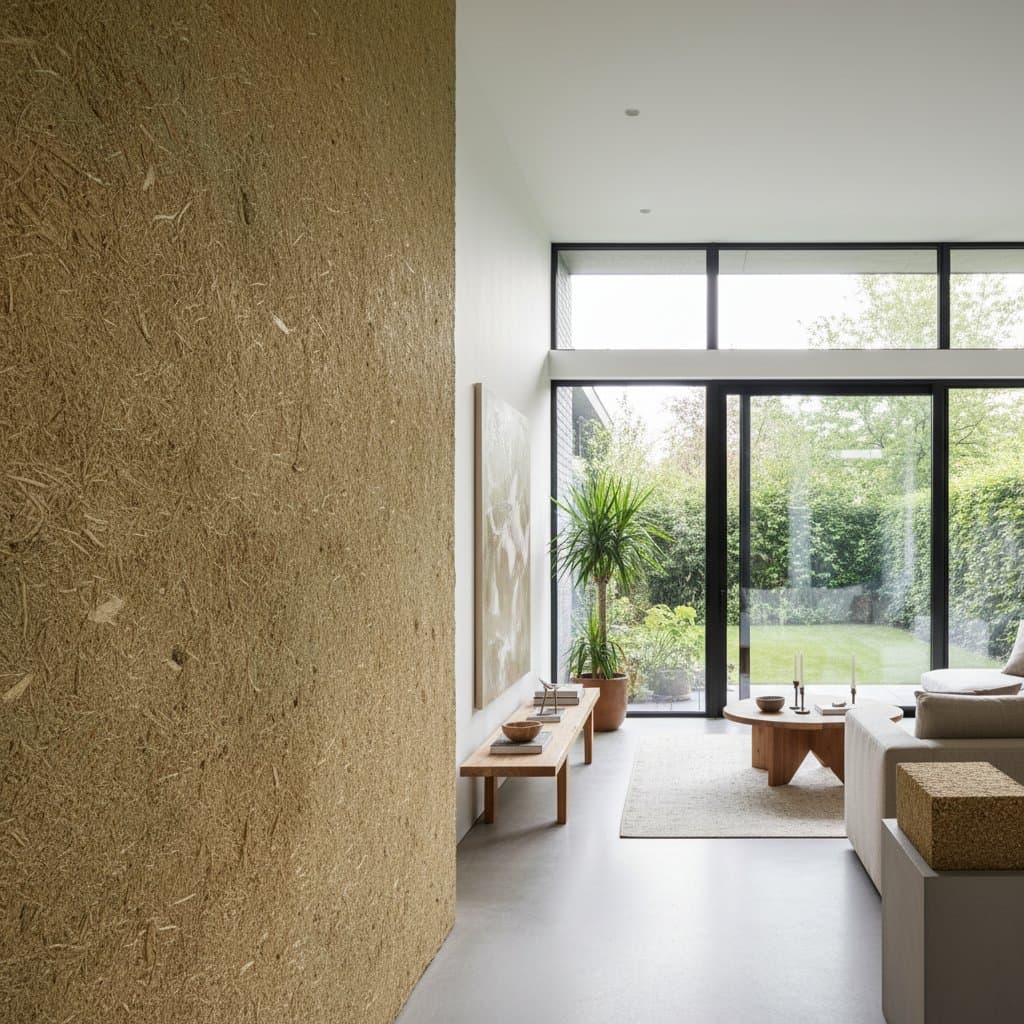Hempcrete Walls Store Carbon While You Live Inside
Hempcrete transforms sustainable construction through carbon-negative walls that regulate temperature, improve air quality, and endure for decades. Builders and homeowners adopt its natural durability and efficiency, paving the way for mainstream regenerative architecture in 2025.
By Becca Woods
5 min read



















